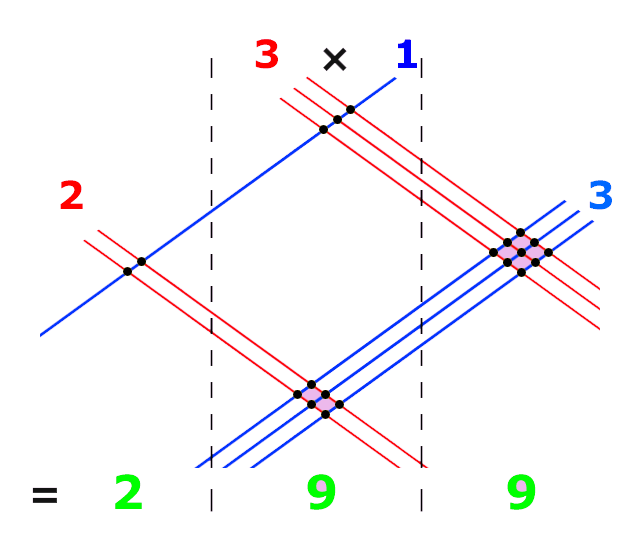What is a math hack?
I personally have started seeing them now that tik tok has took over most of my waking hours but they’ve existed for a while.
TLDR: It’s basically when someone shows you a semi involved operation
and then shows some magic hack where you can fiddle with the numbers to arrive
at the right solution via a simplier method. For example this pinterest link shows a hack for multiplying
It works! Huzzah now if you ever need to specifically multiply 55 by a number you can. Now if your a normal person with a life and friends you go “huh neat” and move on with your day. I however, did not do that, i wondered why and how. Is this a actual rule i can use in day to day life? what are it’s limitations?
So i whipped out a pen and paper and tried to figure out the mechanics here and if there was a sorta mathematical proof.
I will note however that on one occasion my dad excitedly showed me a math hack and when i then got some paper and began to come up with a proof a lot of his excitement died so note that i am killing the magic here somewhat.
The 55 trick
To start lets quickly confirm this works for all 9 possibilites:
| Equation | digit addition | result | |
|---|---|---|---|
| 5 | 5 | 55 | |
| 10 | 1 | 110 | |
| 15 | 6 | 165 | |
| 20 | 2 | 220 | |
| 25 | 7 | 275 | |
| 30 | 3 | 330 | |
| 35 | 8 | 385 | |
| 40 | 4 | 440 | |
| 45 | 9 | 495 |
We had to take some liberties with
Now we can sub in
Which was…suprising to me. If this is correct then this should work for bigger
Huh. The above notation kinda gives away the underlying reason this works. This, and frankly a lot of math hacks, boil down into the fact that we work with a decimal system and we can very easily break numbers down into 100s and 10s and 1s and recombine them. Showing someone the formula
Is unlikely to make anyone go “woah! how easy!” but
All we’ve really done here is broken
Hrm but 5n could be multiple digits which is hard, lets break it down into it’s consitute digits:
And we’re at our formula again!
Generalising
You may have noticed that the
In fact lets generalise our equation from above.
But try
The moment your “middle” value is more then 1 digit it breaks! You can’t
just stick it in between
I find this view of the hack to actually be a lot better then the approach a lot of videos take where they just show you numbers moving around, a slightly deeper understanding means you can use these hacks in more situations without getting confused.
The fingers trick
This one is a trick for your 9 times tables. It was lovingly explained to me as so:
4x9? Simply spread all your fingers out, then put the 4th one down. What do you have left on either side of the one that’s down? 3 on the left and 6 on the right. 36
Why does it work?
This one is quite satisfying to look at,
| Formula | Result |
|---|---|
| 9 | |
| 18 | |
| 27 | |
| 36 | |
| 45 | |
| 54 | |
| 63 | |
| 74 | |
| 81 |
If you know
Now the second digit consistently reduces by 1 for each increase in
The finger trick is just a quick way to compute
Line Multiplication
This one is kinda fun because it lets you solve complex multiplications more
visually. Consider

This is apparently a trick that they teach is japan, although i read that online so who knows if that’s remotely true. Once again the trick here is breaking the problem down into single digit operators and using the visual representation to handle the 100s, 10s and 1s.
Generalising for any two numbers, each 2 digits:
The line method just encodes this formula in a easier to remember way. You might feel like this is familar and if you were taught the FOIL method it very much is!
Conclusion
I dunno i thought this was interesting. Bye!